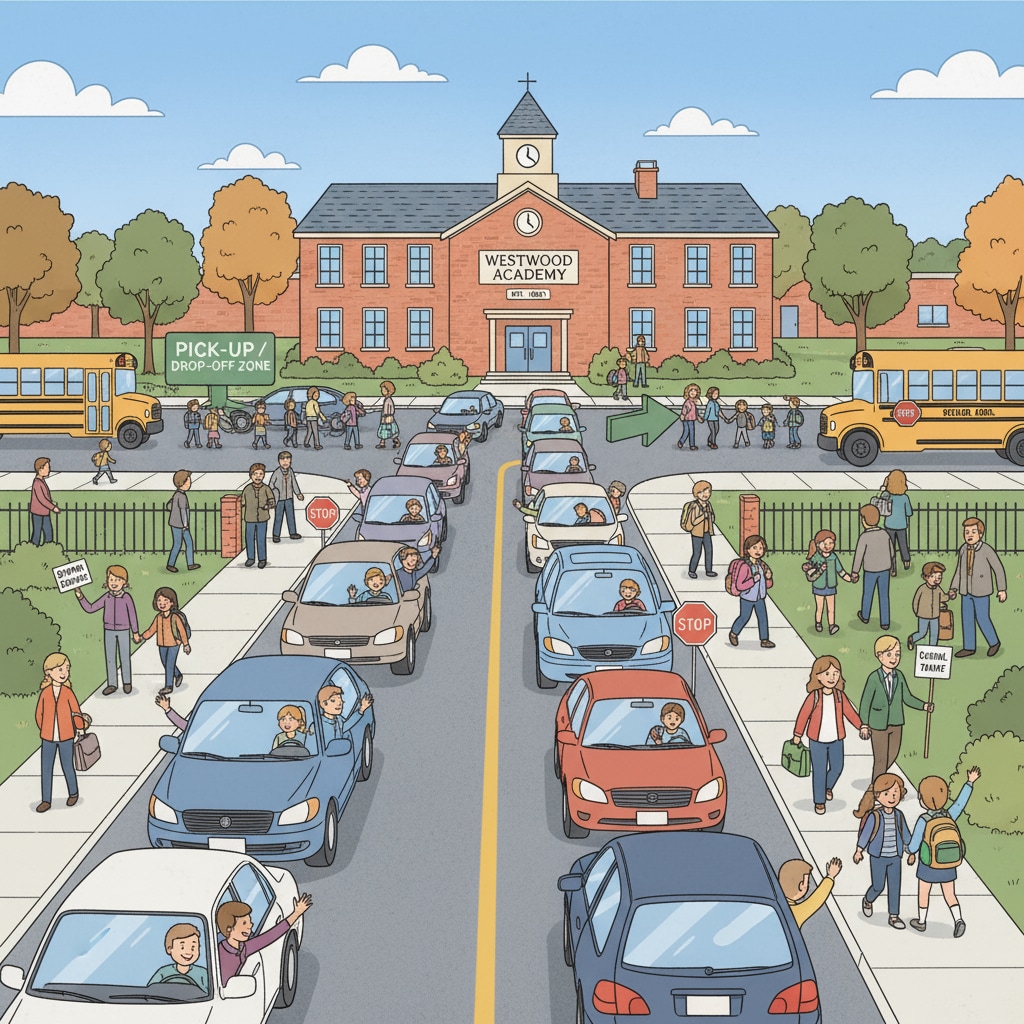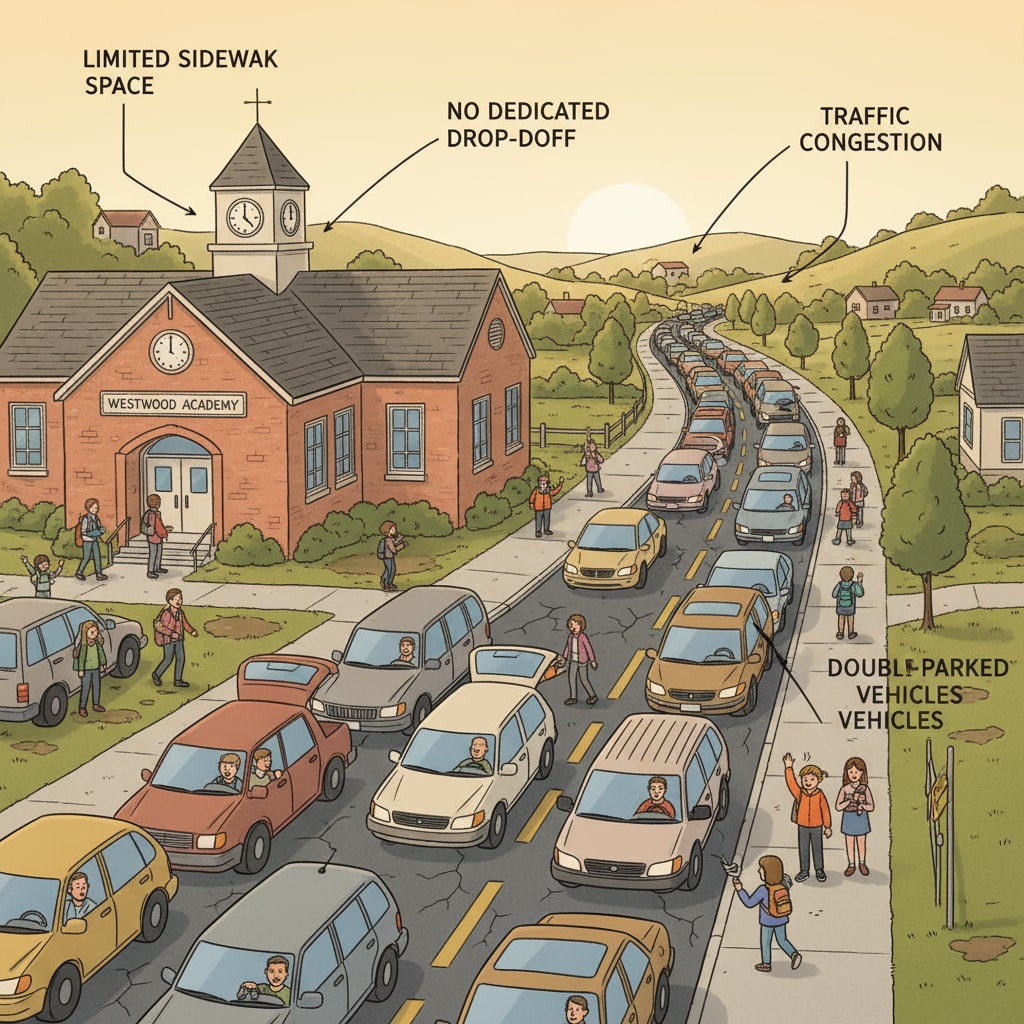The issues of school drop-off and pick-up, traffic congestion, and school bus system in small towns have been causing headaches for all parties involved. In many small town schools, the daily drop-off and pick-up times turn the areas around the schools into chaotic traffic zones. This not only affects the daily lives of parents and students but also has an impact on the overall traffic flow of the community.

The Root Causes of Traffic Congestion during School Drop-off and Pick-up
One of the main reasons for the congestion is the lack of proper infrastructure. Many small town schools were built without considering the increasing number of private vehicles used for student transportation. The drop-off and pick-up areas are often too small to accommodate the volume of cars, leading to bottlenecks. For example, narrow roads and insufficient parking spaces force parents to double-park or wait on the road, causing traffic to back up.
In addition, the lack of clear traffic regulations and enforcement in these areas exacerbates the problem. Without proper guidance, parents may park haphazardly, and there is no order in the flow of vehicles. This chaos further contributes to the congestion.

The Role of the School Bus System in Alleviating Congestion
The school bus system can play a crucial role in solving the traffic congestion problem during school drop-off and pick-up. A well-organized school bus system can reduce the number of private cars on the road. According to Wikipedia’s entry on school buses, school buses are designed to transport a large number of students at once. By encouraging more students to take the school bus, the traffic around schools can be significantly reduced.
However, in small towns, the school bus system may face challenges such as limited routes, insufficient buses, or high costs. To address these issues, schools and local governments need to work together to plan better bus routes, increase the number of buses, and provide subsidies if necessary.
Another aspect to consider is improving the management of the school bus system. This includes setting clear schedules, ensuring the safety of students on the bus, and maintaining good communication with parents. Britannica’s information on school buses also emphasizes the importance of proper management in making the school bus system more attractive to parents and students.
To sum up, solving the problems of school drop-off and pick-up, traffic congestion, and improving the school bus system in small towns requires a comprehensive approach. By addressing the root causes of congestion, strengthening traffic management, and optimizing the school bus system, we can create a more efficient and safe environment for students, parents, and the entire community.
Readability guidance: This article uses short paragraphs to present information clearly. Each H2 section provides a list of key points. The passive语态 is used minimally, and long sentences are kept to a reasonable proportion. Transition words like “however”, “in addition”, and “for example” are used throughout the text to enhance the flow of ideas.


